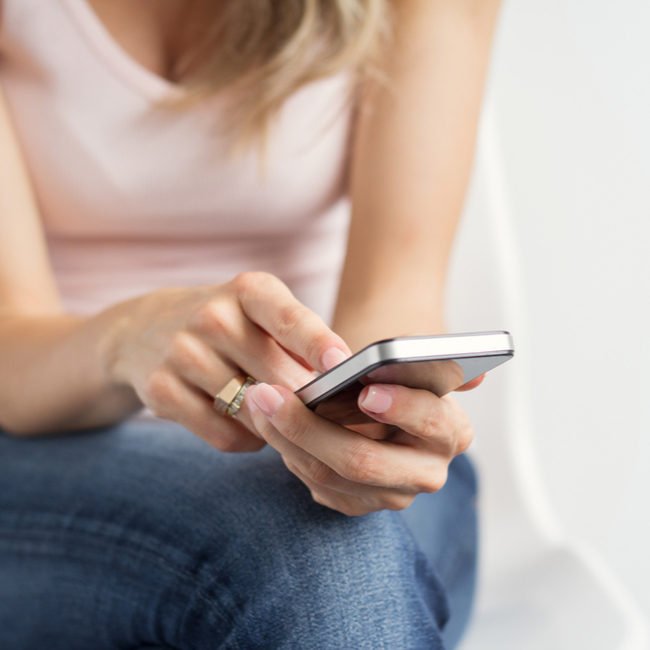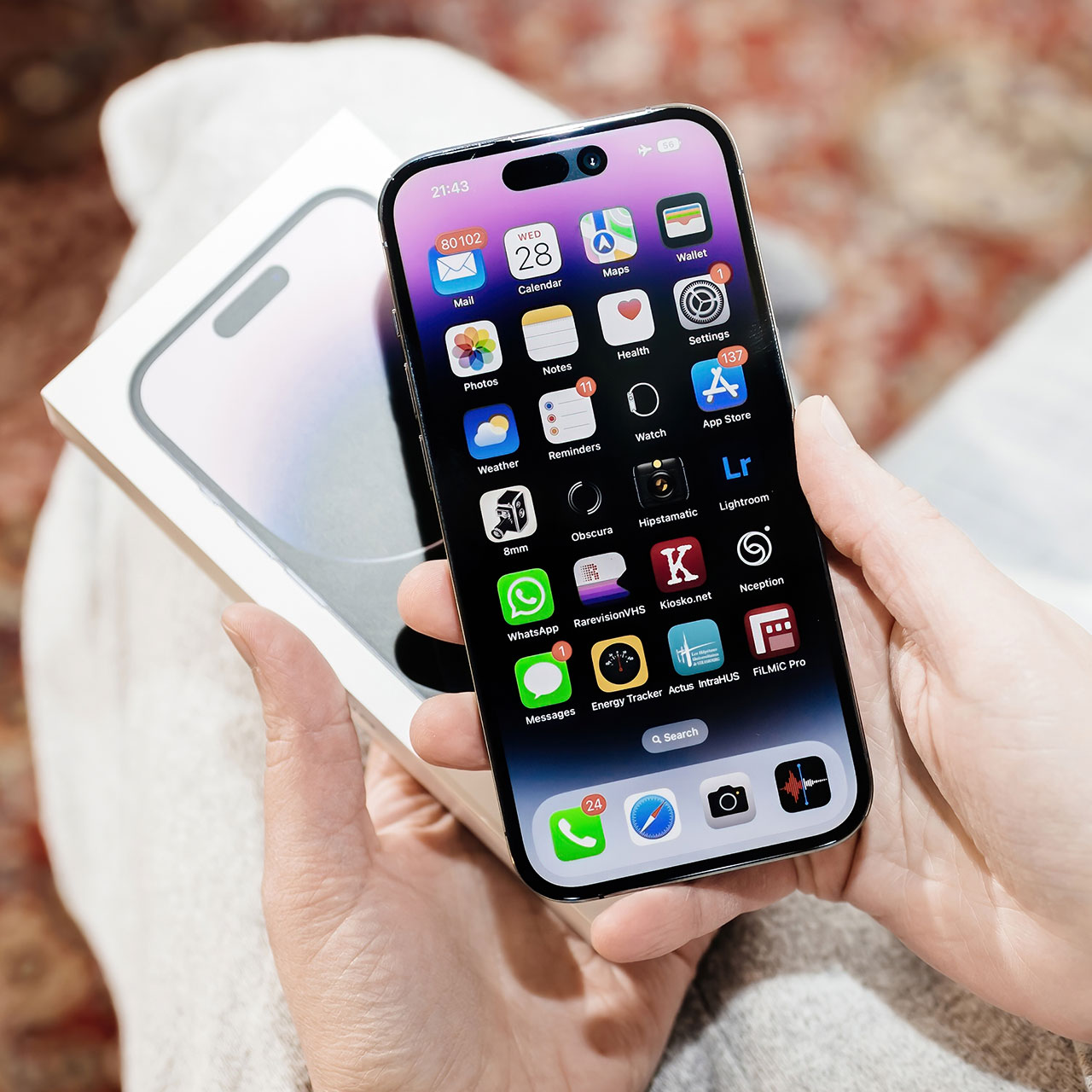This is an archived article and the information in the story may be outdated. Please check the time stamp on the story to see when it was updated last.
It’s easy to take your phone’s default settings for granted. If they are already set in a certain way, the assumption is that’s how they should be, right? Not necessarily. Some settings can actually be compromising your phone’s ability to work as well as it can. This is the default setting that could be slowing your iPhone—you need to turn it off immediately.
Reduce transparency and motion
According to Tech Expert Eden Chen, co-founder of PeopleFinderFree, iPhones tend to come with a variety of visual effects that help to give your device a sense of depth when you open and close apps or tilt your phone. Even thought these motion effects tend to improve your user experience, Chen argues that the problem with leaving them activated is that there’s a processing overhead that slows down your iPhone’s performance.
“As such, it’s always best to try and speed things up by turning them off or reducing them,” Chen says. “You can do this by heading to Settings> General> Accessibility> Reduce Motion and turning it on. Furthermore, you can also head back to Accessibility> Reduce Transparency and turn that on as well. This will effectively help to speed up performance on your iPhone because it will result in fewer graphics tasks for its processor to handle.”


In addition to reducing motion and transparency, many tech experts also say it’s important to pay attention to Background Processes.
“Apple has become infamous for slowing down older generation iPhones to force consumers to purchase the latest model,” says Isla Sibanda, a cybersecurity specialist with a background in ethical hacking and an entrepreneur at privacyaustralia.net. “So, it comes as no surprise that some of the default settings end up slowing down your iPhone in the long run. The most CPU intensive one being background processes. By default, Apple allows apps to refresh their content and sync data when connected to Wi-Fi or a mobile network. This can majorly slow down the overall performance of your device, as well as drastically reducing the battery life.”
To correct the problem, Sibanda suggests going to Settings, clicking on General, and finding Background App Refresh. “You can individually turn it off for selected apps o rjust turn it off completely,” Sibanda says. “Another part of background processes that slowdown your phone are automatic downloads. For optimum performance it is recommended that you turn off automatic downloads; go into Settings, click iTunes & App Stores, here you’ll find a section called Automatic Downloads. If you have more than one device connected to your iTunes account, it is crucial that you do this otherwise apps from your iPad will automatically download onto your iPhone.”
Taking these two easy steps now can speed up your device and give you a better overall iPhone experience.


























